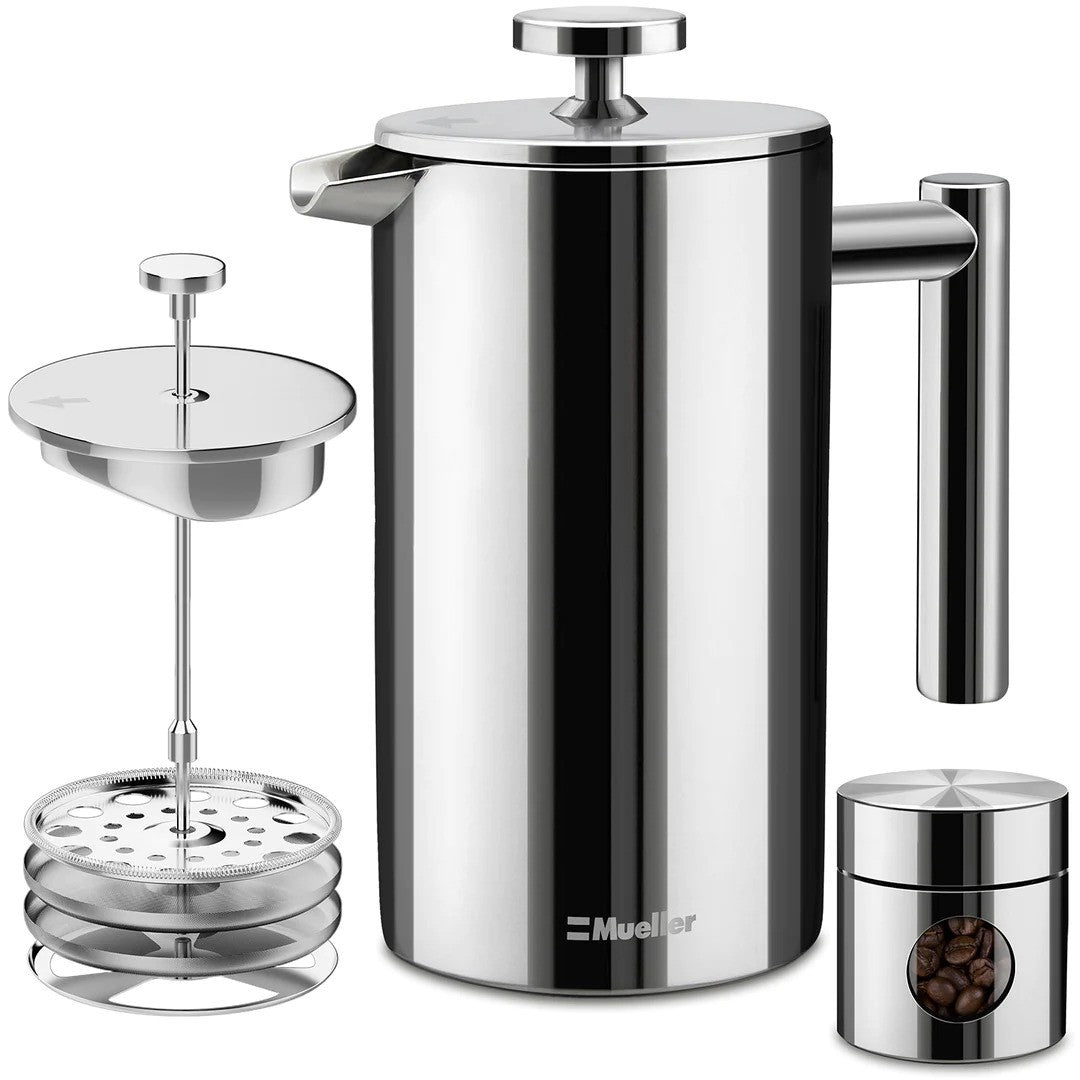Hula Daddy Kona Coffee written up in the Toronto Star newspaper
These days, newcomers to the coffee business are experimenting with improved varietals of coffee plants and innovative bean processing and roasting techniques in order to take Kona coffee to new heights.”Only recently have people begun to think about crafting fine coffee,” says Miguel Meza, the roastmaster at Hula Daddy Kona Coffee. “We’re a few decades behind wine in that respect.”
Hula Daddy owners Lee and Karen Paterson bought a cow pasture near Holualoa and turned it into a coffee farm in 2002.
“After practising law for 42 years, it was time to do something new,” says Lee.
“There’s something special about growing coffee. The greatest satisfaction is when people tell me they’ve tasted our coffee and it’s the best. That makes my whole day.”
As we step into Hula Daddy’s garage-sized production room, Meza stands in front of four or five cups of coffee that have been infused for four minutes in 90C water.
One by one, he slurps, swirls and spits out the rich-brown liquid to compare the relative acidity, sweetness and flavour of each brew.
“I’m like the winemaker,” says Meza, who performs this “cupping” procedure at least once a week to control quality and test out experimental batches.
Achieving a coveted, record-setting 97 rating for Hula Daddy’s sweet natural Kona coffee in December 2008 was not a slam dunk, however.
“There are dozens of steps where you can screw up coffee,” explains the 27-year-old roastmaster, who shepherds his estate-grown beans through the many critical stages of production.
The process begins with hand-picking the bright red coffee “cherries” one berry at a time at the peak of ripeness and then mechanically removing the outer pulp and fermenting the beans.
Fermentation gives so-called “wet-processed” coffees their characteristic bright, clear flavour.
Afterward, the beans are sun-dried and milled to remove the parchment and silver-skin layers.
Selection of the highest-grade green beans, climate-controlled storage and custom roasting at just the right temperature for the optimal amount of time help to ensure that the final product will be full-bodied and aromatic.
The proof of Meza’s long, hard labour is evident up in Hula Daddy’s tasting room where we inhale the rich aroma of fresh-brewed coffee and savour the differences among select, fancy, extra-fancy and prized peaberry Kona.
“We both like coffee, and since we started drinking Kona, we’ve fallen in love with it, so we wanted to see how it’s made,” say Theresa and John Banks, residents of Marysville, Calif., who are taking a self-guided coffee tour as they wind up their holiday on the Big Island.
The couple finds similarities between Hawaii’s Kona coffee belt and California’s Napa Valley wine country.

